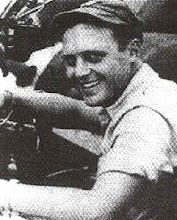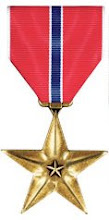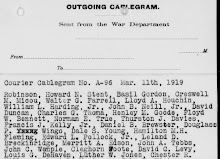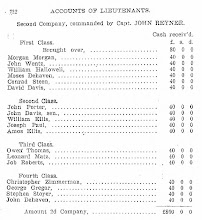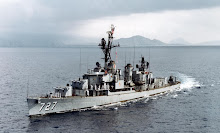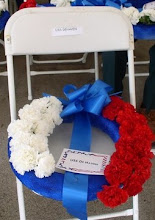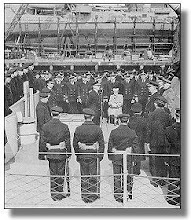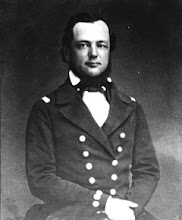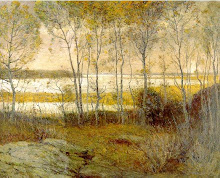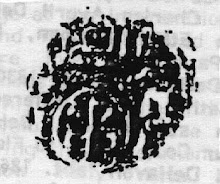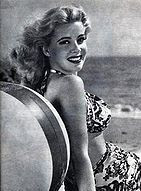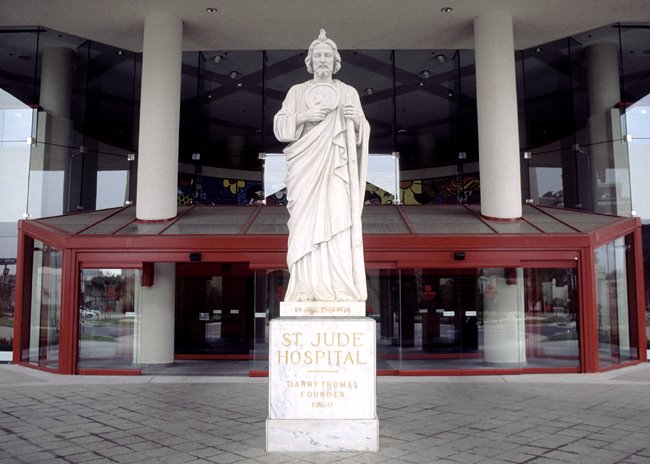Peter W. Murphy, South Texas College of Law, of Houston, Texas, argued, for Plaintiff-Appellant. With him on the brief was Jo Beth Kloecker, of Stafford, Texas.
Sheryl L. Floyd, Commercial Litigation Branch, Department of Justice, of Washington, District of Columbia, argued, for Defendant-Appellee. With her on the brief were Stuart M. Gerson, Assistant Attorney General, David M. Cohen, Director and Terrence S. Hartman, Assistant Director. Also on the brief was John E. Logue, Bureau of Public Debt, Department of Treasury, Washington, District of Columbia, of Counsel.
Nies, Chief Judge and Newman and Lourie, Circuit Judges.
Newman, Circuit Judge
Thelma Weasenforth Lunaas et al. appeal the decision of the United States Claims Court, (footnote 1) dismissing their claim for repayment of loans made to the Continental Congress by their ancestor, Jacob De Haven. We affirm.
---------------------------------------------------------
Footnote 1 Lunaas v. United States, No. 140-89c (Cl. Ct. January 22, 1990).
---------------------------------------------------------
Background
For the purpose of reviewing the Claims Court's dismissal of the complaint, the plaintiffs' statement of the facts is taken as true.
During the winter of 1777-78 Jacob De Haven made a loan to the revolutionary government, in the form of specie and supplies, with an estimated value of $ 450,000. This loan contributed to the survival of General Washington's army at Valley Forge. The loan was contracted, pursuant to authorization of the Continental Congress, on the following terms and conditions: interest was to be paid at the rate of six percent; the faith of the United States was pledged to the lender for the repayment of the sum borrowed, and for payment of the interest; interest was to be paid annually; and the principal was to be repaid at the end of three years. To date, despite "numerous and tenacious pleas by Mr. De Haven, his heirs and their descendants", no part of the loan or interest has been repaid.
Ms. Lunaas states that she is a descendant of an heir at law of Jacob De Haven, and that she is entitled to a proportionate share of the repayment. On March 17, 1989 suit was filed in the Claims Court to recover the proceeds due. The court granted the government's motion to suspend discovery; and ruled that the claim is barred in accordance with 28 U.S.C. § 2501:
Every claim of which the United States Claims Court has jurisdiction shall be barred unless the petition thereon is filed within six years after such claim first accrues.
This appeal followed.
Discussion
A.
The principal of the De Haven loan became due and payable in 1780-81. The exact dates are not provided by and are apparently unknown to the plaintiffs.
On March 1, 1781 the Articles of Confederation were adopted, providing:
ARTICLE XII. All bills of credit emitted, monies borrowed and debts contracted by, or under the authority of Congress, before the assembling of the United States, in pursuance of the present confederation, shall be deemed and considered as a charge against the United States, for payment and satisfaction whereof the said United States, and the public faith are hereby solemnly pledged.
This protection of creditors was extended in the subsequently adopted Constitution:
ARTICLE VI, cl.1. All Debts contracted and Engagements entered into, before the Adoption of this Constitution, shall be as valid against the United States under this Constitution, as under the Confederation.
Thus the nation undertook to assure creditors that the adoption of the Constitution would not erase existing obligations recognized under the Articles of Confederation. Due to the precarious financial circumstances of the new government, the first Congress adopted, on August 4, 1790, a plan of Secretary of the Treasury Alexander Hamilton for settling debts incurred by the governments of the Confederation and the individual states. 1 Stat. 138. The plan required, inter alia, that creditors consent to an enlargement of the term when payment was due. Subsequent congressional enactments renewed this settlement plan, until it finally expired on March 3, 1837. See, e.g., Act of July 14, 1832, ch. 245, 4 Stat. 602; J. Res. 5, 5 Stat. 200 (1837).
The United States Court of Claims was formed in 1855 to hear claims against the government and make recommendations to Congress; the court could not render final judgments against the United States. Act of February 24, 1855, ch. 122, 10 Stat. 612. The absence of a statute of limitations was a recognized deficiency. (Footnote 2). Thus in 1863 Congress assigned to the Court of Claims authority to render final judgments against the government. Act of March 3, 1863, ch. 92, § 3, 12 Stat. 765. A six-year limitations clause was enacted. See United States v. Wardwell, 172 U.S. 48, 52, 19 S. Ct. 86, 43 L. Ed. 360 (1898) (the statute of limitations is a jurisdictional limitation on the ability of the Court of Claims to hear the case); Finn v. United States, 123 U.S. 227, 232, 8 S. Ct. 82, 31 L. Ed. 128 (1887). A savings clause in the 1863 Act provided that claims which accrued six years before enactment would not be barred if the petition were filed within three years after enactment, i.e., by 1866. Act of March 3, 1863, ch. 92, § 10, 12 Stat. 767:
Sec. 10. And be it further enacted, That every claim against the United States, cognizable by the Court of Claims, shall be forever barred unless the petition setting forth a statement of the claim be filed in the court or transmitted to it under the provisions of this act within six years after the claim first accrues; Provided, That claims which have accrued six years before the passage of this act shall not be barred if the petition be filed in the court or transmitted as aforesaid within three years after the passage of this act. . . .
In 1874 the savings clause was dropped, for it "was then needless, the time of the saving thereby created with respect to the claims to which it related having before expired". Clark v. United States, 99 U.S. 493, 495, 25 L. Ed. 481 (1878). A six year limitation period has continued to apply, for the Court of Claims and its successor tribunals.
---------------------------------------------------------
Footnote 2 "While the lack of finality in the court's decisions was the major problem inherent in the 1855 Act, there were several other deficiencies that soon became apparent. There was no statute of limitations for suits against the Government, and claims could be filed many years after the cause of action had arisen." W. Cowen, P. Nichols and M. T. Bennett, The United States Court of Claims--A History: Part II, Origin--Development--Jurisdiction, 1855-1978, at 19 (1978).
---------------------------------------------------------
B.
According to the plaintiffs, Mr. De Haven made several attempts to recover the proceeds during his lifetime. After his death in 1812 various De Haven descendants and their representatives petitioned the Congress for relief during the 1850s, 1870s, 1890s, and the early 1900s. It is apparent from the complaint that Mr. De Haven and his descendants knew or should have known of the claim after the government's liability for prior debts was reaffirmed in the Constitution. See Hopland Band of Pomo Indians v. United States, 855 F.2d 1573, 1577 (Fed. Cir. 1988) (a cause of action against the government has first accrued when all the events that fix the government's alleged liability have occurred, and the plaintiff was or should have been aware of their existence). Even if the claim were deemed not to have accrued until actual demand for payment was made, see United States v. Taylor, 104 U.S. 216, 222, 26 L. Ed. 721 (1881) (right of landowner to recover money that the government held for him as his trustee did not accrue until demand had been made at the treasury), or until Congress in 1863 created a court with authority to adjudicate contract claims against the government, it is not disputed that demands were made before and after 1863, and that no action was filed in the Court of Claims or its successor court until this suit, in 1989.
Congress has the power to impose reasonable limits upon a cause of action. Koshkonong v. Burton, 104 U.S. 668, 675, 26 L. Ed. 886 (1881) (statute of limitations applied against municipal bond-holders not unconstitutional impairment of obligations of contracts). Courts must give effect to statutes of limitations in accordance with congressional intent. United States v. Kubrick, 444 U.S. 111, 125, 100 S. Ct. 352, 62 L. Ed. 2d 259 (1979). The legislative history shows the careful attention given in 1863 to the limitation assigned to actions brought in the Court of Claims. It was intended to deal fairly with the large number of stale claims that were periodically reasserted to the Congress. As stated by Congressman A. G. Porter of Indiana:
This is a very important section. It will soon set at rest the claims which for a generation have been persistently pressed upon successive Congresses, because repeated rejections did not affect the right still further to press them, and which seemed to grow stronger as time deprived the Government of the means of refuting the fictitious pretenses on which they were based. It will require also that claims shall be prosecuted while the facts on which they rest are recent and the evidence is conveniently attainable.
Cong. Globe, 37th Cong., 2d Sess., App. at 124 (1862).
The validity of the plaintiffs' claim is not here at issue. Although the plaintiffs argue that the adoption of the Constitution created a new and separate cause of action, distinct from an action on the debt itself, this distinction does not affect the conclusion. The statutory period "is the term of time the statute specifies for the continuance of such liability, and on which it makes the payment of the debt and the loss of its evidence a presumption juris et de jure." Battelle v. United States, 7 Ct. Cl. 297, 301 (1871).
Plaintiffs argue that regardless of when their claim accrued it can not be barred by limitations enacted by Congress, because the Constitution specifically recognized such claims as an obligation of the United States. However, such a claim if filed after 1893, six years after Congress extended the jurisdiction of the Court of Claims to constitutional claims, Act of March 3, 1887, 24 Stat. 505, would also be barred by the statute of limitations. See Block v. North Dakota, 461 U.S. 273, 292, 103 S. Ct. 1811, 75 L. Ed. 2d 840 (1983) ("A constitutional claim can become time-barred just as any other claim can. Nothing in the Constitution requires otherwise") (citations omitted).
We conclude that the statutory period for this claim has expired, and that the Claims Court correctly so held.
No costs.
Affirmed.











